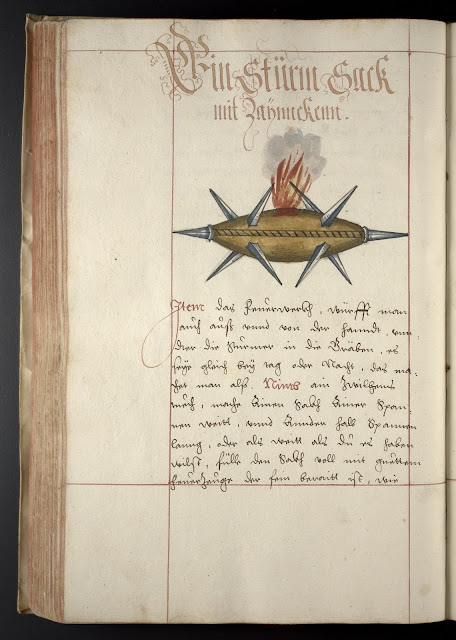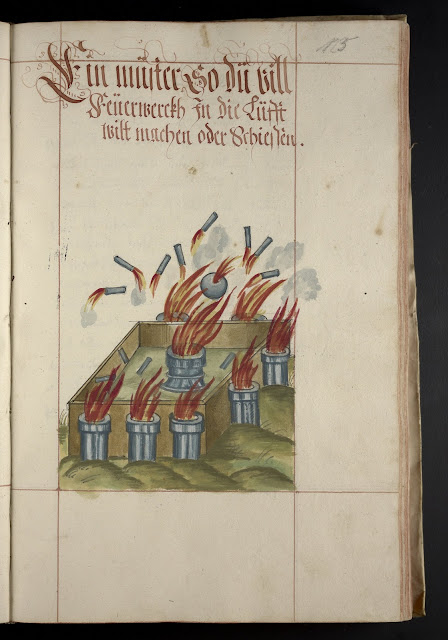Sydenham T. Edwards (1768-1819) was a natural history illustrator. When he was only a child –with 11 y.o.- he copied plates from “Flora Londinensis” – that he discovered in a public library- for his own enjoyment (Flora Londinensis is a book that described the flora found in the London region of the mid 18th century, if anybody know where the digitized codex is hosted please advise).
A certain Mr. Denman saw some of Edwards drawings work during those years. Funny thing: that Mr. Denman was a friend of William Curtis, the publisher of botanical works, and founder of the Curtis's Botanical Magazine. Obviously Denman told Mr. Curtis about the young talent and Curtis did a big effort to convince the family to be trained in both botany and botanical illustration. He did it.
Edwards’s illustrations turned out to be enormously popular during a period when British expeditions were made to previously unknown corners of the earth. These expeditions gripped the public imagination and the desire for new plants and illustrations.
Edwards produced plates at a prodigious rate: between 1787 and 1815 he produced over 1,700 watercolours for the Botanical Magazine, the New Botanic Garden 1807, the New Flora Britannica 1812, and the Botanical Register 1815-19.
Edwards was a Fellow of the Linnean Society.
For a high resolution, pdf version of this codex, contact me (facsimilium AT gmail DOT com).
For a high resolution, pdf version of this codex, contact me (facsimilium AT gmail DOT com).










































